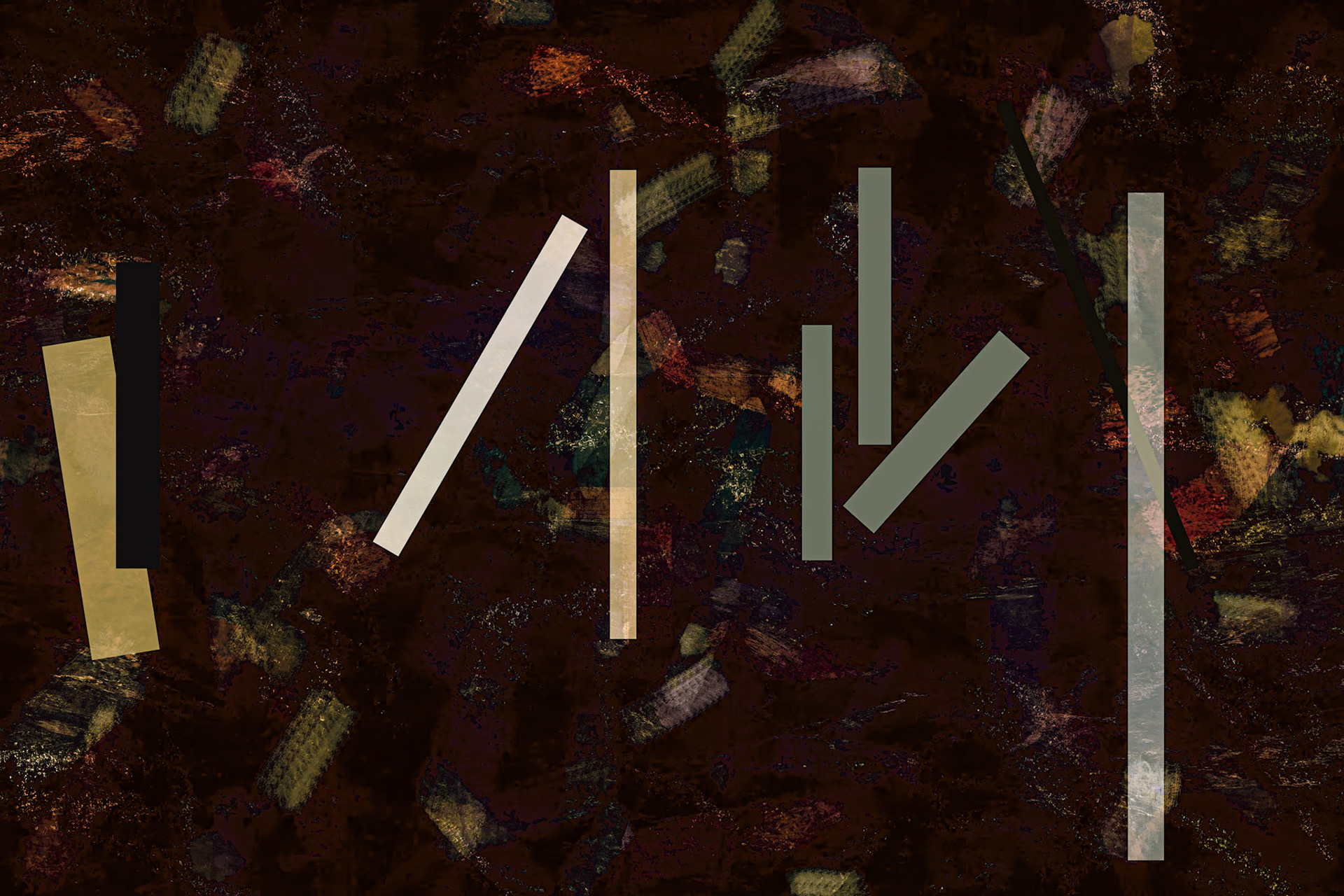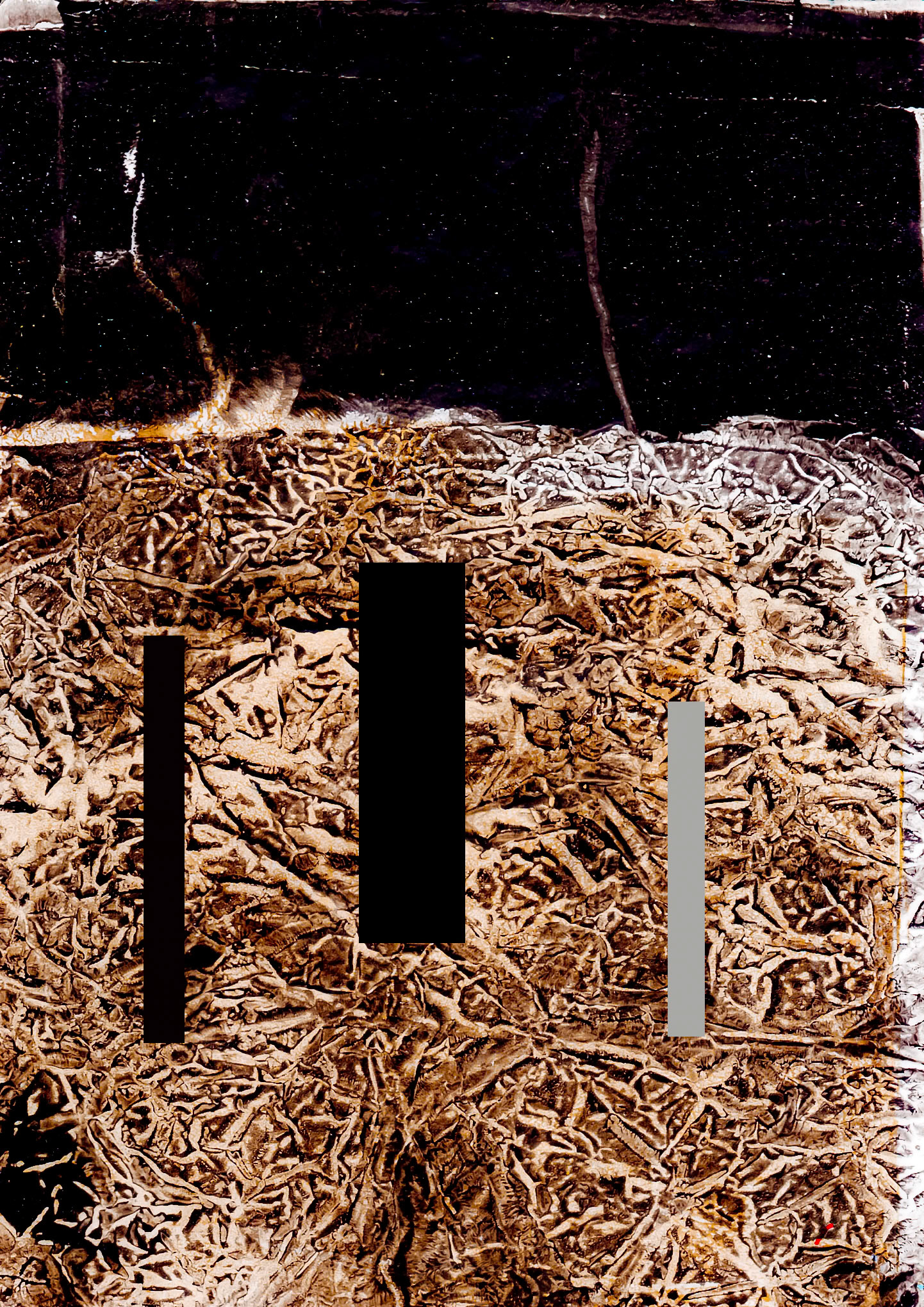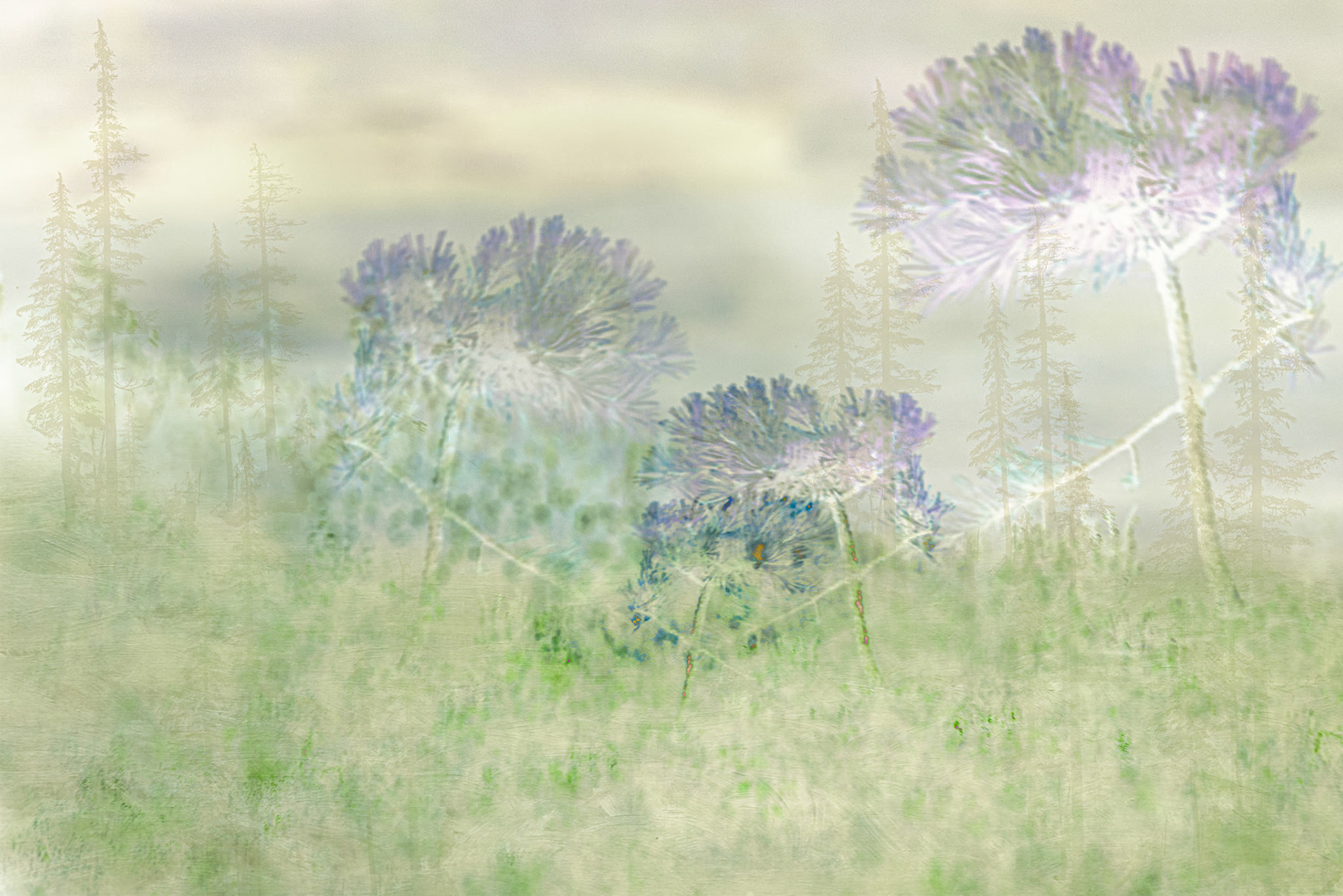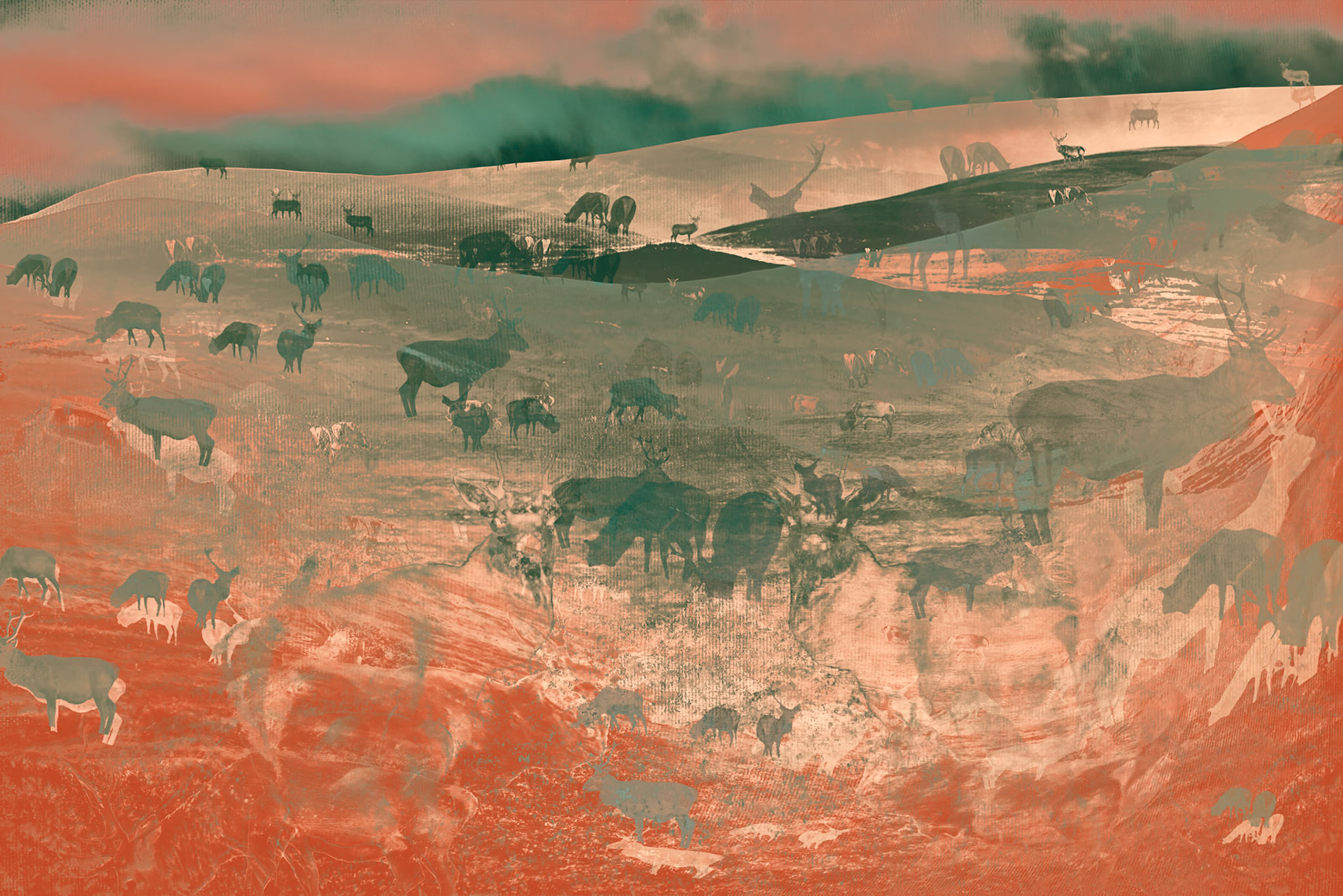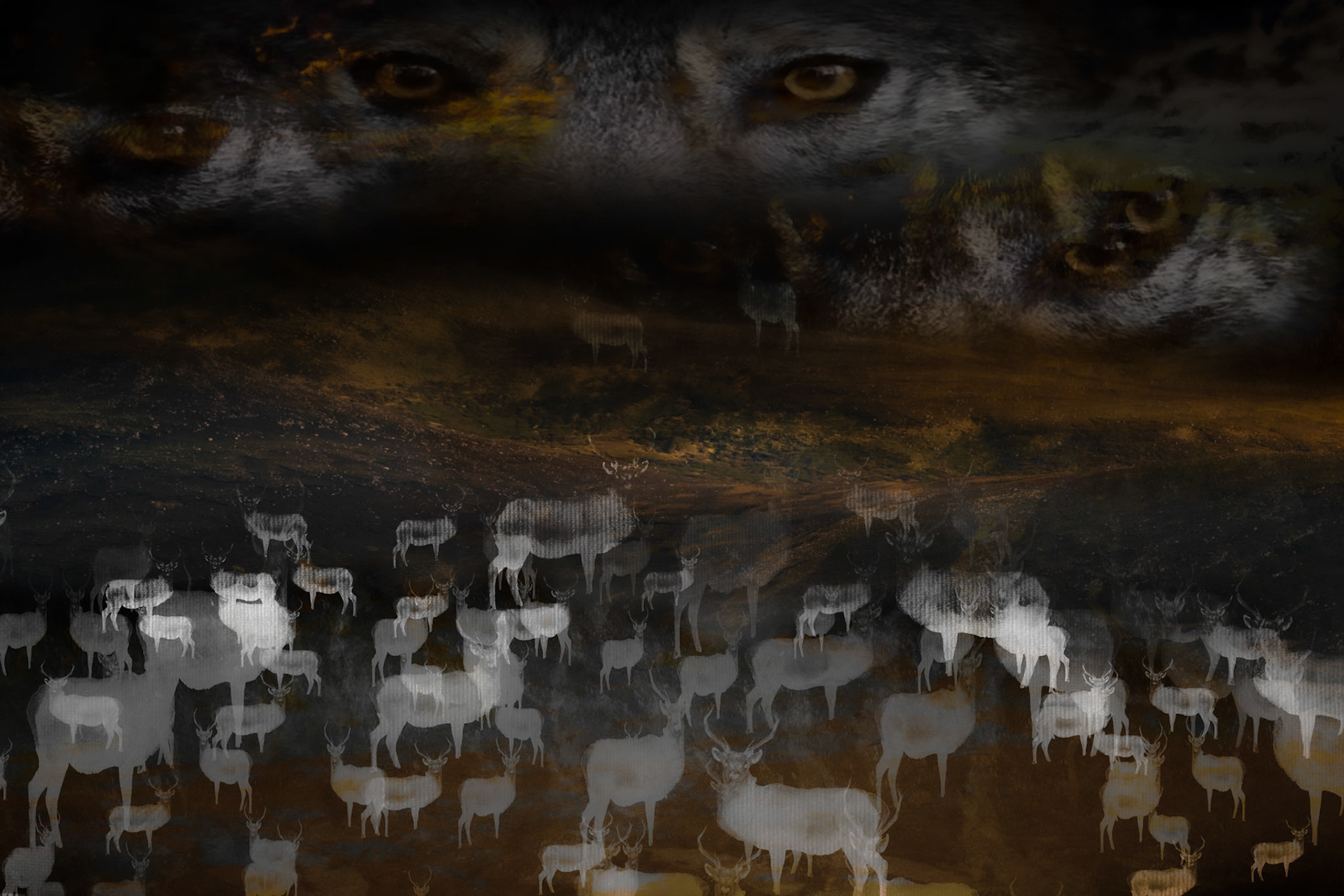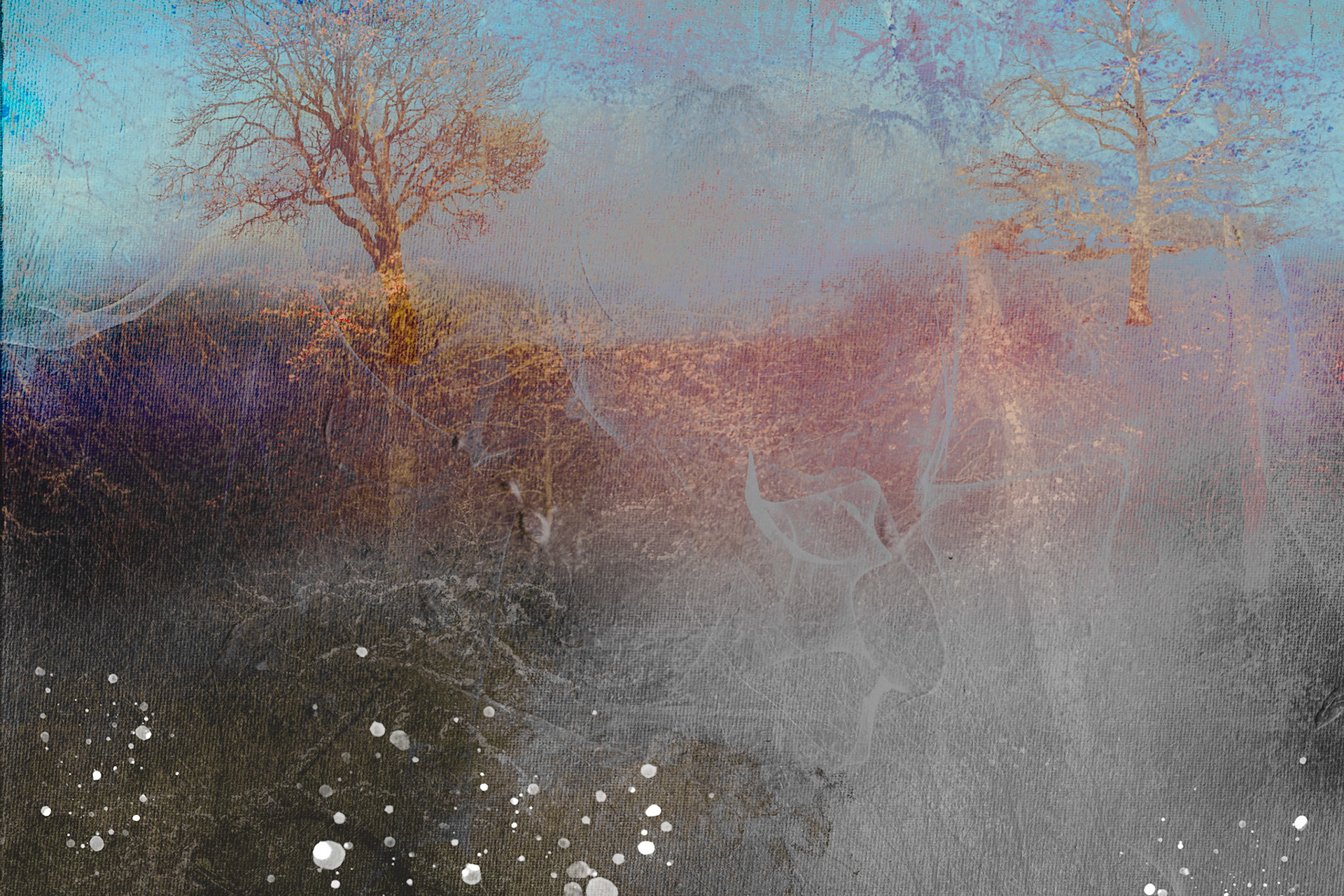There is a certain paradox with the current man made landscape of the Scottish uplands with their biodiversity and sustainability issues, namely that it still has its own staggering beauty, it is difficult to see why there is any problem at all. But over grazing, alongside regular burning, prevented woodlands from naturally regenerating, causing soil erosion, soil acidification, flooding, biodiversity loss and more. In fact some of the issues are in plain site but you have to see beyond this beauty and also imagine the beauty of the landscape lost.
The undoubted beauty entices us all. But in fact this creates an ecological blindness. Look carefully and the barren nature of the hills becomes starker. The burning of gorse, that lack of life the total absence of trees, the proliferation of Deer and the absence of sustainable local economies
Those regular stripes you see in various gloomy colours are actually fire stripes of varying ages. Burnt by the Estates to encourage growth of the vegetation preferred by grouse, for the shooting season.
Imagine the animals, insects and other life destroyed in this process, not to mention the loss of their habitat
What about that lack of trees and other growth?
In the first instance massive deforestation by humans over centuries. It is estimated 95% of ancient highland woodland has been harvested by humans. To be fair it is not just a modern issue, 50% had been cleared by Roman times.
The introduction of livestock in large numbers, sheep in the first instance and in the last 100 years large Deer populations. These animals are highly efficient of eating any sapling or other shoots of growth, essentially stopping all natural reforestation.
Deer are kept in one place, only moved when food is depleted. It is estimated that ideally vegetation sustainability can be achieved with 5 to 10 Deer per Square Km. Across the highlands the average is over 20 deer, in some instances going up to 60 deer per Square Km.
The eradication of all predators such as Wolf or Lnyx have obviously removed natural population control.
The reduction of commercial Deer Stalking, fencing off large areas, together with potential reintroduction of wolves would have a huge impact. Wolves would predate, but they also make Deer move, so they can't lay waste to one area.
Hidden Sustainability Concerns?
The depletion of soils, in their characteristics and their nutrient value. The removal of nutrients due to deforestation, subsequent water run off can be offset by replenishment by rain. However essential elements s phosphorus are lost forever
Deforestation over the centuries has depleted the natural gene pool. This has been further impacted by the introduction of non native pine species. Reduced gene pool and tree species mean depleted animal species diversity
It is estimated that Scotlands soils contain approximately 3200 trillion tonnes of carbon. Most of these high areas are in the highlands. This carbon sink is impacted by human peat harvesting and also high foot traffic by sheep/deer exposing the subsurface carbon rich soils to the atmosphere
Not just a problem for the scottish highlands. In the UK 60% of our flying insect population has disappeared in 20 years. That is a combined attack of pesticide, climate change and removal of habitat. It is this last one that we can reverse, with a program of protecting and growing new habitats
This is obviously a complex and in some ways divisive topic. I appreciate I have simplified this, only put forward the one side and little in the way of solutions. It is something I care about and am happy to shine a light on, even in this relatively naive way. The images themselves are not conceived for aesthetic beauty or joyous emotions, but I hope they convey certain messages in a different way to pure representational imagery. For anyone interested here are some links to some rewilding organisations in Scotland:
Finally I would be eternally grateful if you would consider donating a sapling tree (£6) for my rewilding Tree Grove in the Highlands, through Trees for life: Banchory Carbon Catchers
Image Gallery

